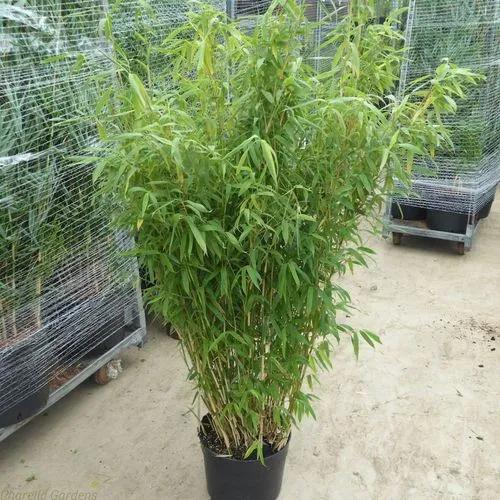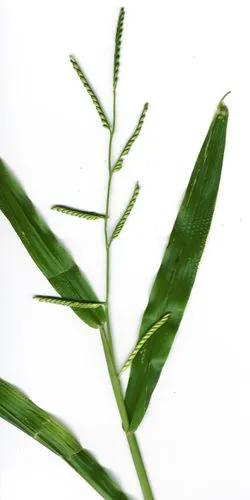Glyceria notata, the plicate sweet-grass or marked glyceria, is an invasive specie part of the rhizomatous family. tufted, perennial grasses in the mannagrass genus, found in all continents of the world.
Plicate Sweet-Grass Care
Glyceria notata



The folded windrow is a perennial herbaceous plant. The prostrate or flooding stalks are 10 to 70 centimeters long, crawl and take root at the nodes. The nodes are bare.
This plant might be poisonous
How to get rid of: Spraying with herbicide is often the most efficient method of removing herbaceous weeds but must be done with care and in the right conditions. Spraying must be done in the correct season when the plant is actively growing and should be avoided in windy conditions. This will also use less herbicide. When spraying, care needs to be taken to minimise off-target damage. Training in the safe use of chemicals should be undertaken prior to using herbicide. Appropriate safety equipment should always be used to minimise harm to the operator.
How to Care for the Plant

Popularity

3 people already have this plant 2 people have added this plant to their wishlists
Discover more plants with the list below
Popular articles






